AirQino Indoor is a high precision environmental monitoring system: A cost-effective solution designed to detect, store and analyze data about the most important air pollutants and chemical compounds present in indoor environments.
AirQino units can be customized with a wide set of sensors (NO2, Formaldehyde, O3 Total V.O.C., CO, CO2 and more) and accessed remotely: A professional solution dedicated to schools, healthcare facilities, museums, shopping centers, laboratories, offices and more.
Data are transmitted in real time to the cloud and can be analyzed via a dedicated web platform.
SENSORS
Temperature monitoring is essential in the identification and mitigation of urban heat islands.
All emissions are not equal because of different weather patterns. Relative humidity is often used as benchmark as it influences the volatility of fine particles.
Particulate Matter can be made up to hundreds of different chemicals. Some are produced directly from sources such as construction sites, unpaved roads, fields, smokestacks, or fires. Most particles form in the atmosphere, as a result of complex chemicals reactions involving sulfur dioxide and nitrogen oxides, pollutants released by power plants, industries and automobiles.
Carbon dioxide enters the atmosphere through the combustion of fossil fuels (coal, natural gas, and oil), solid waste, trees and other biological materials, and also as a result of certain chemical reactions (e.g., manufacture of cement). CO2 is the primary greenhouse gas emitted through human activities and is at the root of climate change issues.
Nitrogen Dioxide primarily gets in the air from the burning of fuel. NO2 forms from emissions from cars, trucks and buses, power plants, and off-road equipment.
Ground-level Ozone triggers a variety of health problems, particularly for children, the elderly, and people with respiratory diseases. Elevated exposures to ozone can also affect sensitive ecosystems, and can be extremely harmful to vegetation, especially during the growing season.
Carbon dioxide enters the atmosphere through the combustion of fossil fuels (coal, natural gas, and oil), solid waste, trees and other biological materials, and also as a result of certain chemical reactions (e.g., manufacture of cement). CO2 is the primary greenhouse gas emitted through human activities and is at the root of climate change issues.
The term Volatile Organic Compounds refers to a complex mixture of low-level volatile organic compounds. Chemical properties of TVOCs vary widely. Evidence shows that the concentration of TVOCs is consistently higher in indoor spaces than outdoors (up to 10x). TVOC monitoring is therefore especially sensitive in hospitals, office spaces, laboratories, schools and high-traffic buildings.
Hydrochloric acid is used as a laboratory reagent and in a variety of industrial processes such as metal refining, electroplating, cleaning boilers, neutralizing chemically basic systems, manufacturing fertilizers, dyes, textiles and rubber, and food products.
Chlorine is widely used in laboratories and in the manufacture of many products (paper products, food, insecticides, paints, plastics, medicines, textiles, solvents and many others). Chlorine causes environmental harm at very low levels and is especially harmful to organisms living in water and in soil. Effects of chlorine on human health are also well documented and connected to human respiratory diseases.
Chemical ammonia is a byproduct of agricultural and industrial activities. Agriculture (livestock waste and artificial fertilizers) accounts for about 70% of global total emissions. Biomass combustion also releases ammonia, and, to a lesser extent, industrial processes and vehicular traffic.
Formaldehyde is a volatile organic compound (VOC) pollutant that can be readily measured. This chemical breaks down quickly into gas form when at room temperature, releasing into the air and endangering the air ambient.
Time and Geo-localization.
Data trasmission
• Power supply: 12Vdc
• Weight 450 gr
• Dimensions 130*129.5 mm
• Electricity Consumption: 2W
• IP 20
• AirQino App
• Power Supply
• Tablet 8'
APPLICATIONS
AirQino can be used to monitor the air quality in health care facilities such as hospitals, nursing homes, diagnostic centers and analytical laboratories.
AirQino can be integrated into Industry 4.0 systems and support Scada (Supervisory Control and Data Acquisition) softwares.
Schools are high risk environments for indoor air pollution, especially for toxic substances such as CO2, VOC and Formaldehyde. The sources of these pollutants can be several, among them: Teaching material, construction material and furniture, chemical detergents, mold and pollen.
In a museum, a continuous air quality monitoring system can help administrators develop and implement procedures that minimize the impact of pollutants on the degradation process of the artistic and cultural heritage.
SERVICES
Configuration and Calibration
Monitoring stations can be configured with a wide set of sensors, calibrated by CNR® using EU reference stations (ARPA).
Installation and setup support
Our team will support you in the definition of the monitoring network, and assist throughout the installation process.
Data Reporting and Analysis
AirQino Web platform provides in-depth data reporting and analysis tools. Custom reports and bulletins available upon request.
Ongoing Maintenance
Our team provides ongoing technical support and offers scheduled maintenance services and sensors review.
SOLUTIONS
Plug and Play
Develop an air quality monitoring network with AirQino ecosystem and benefit from our full-service capabilities.
Open System
Integrate AirQino in your IoT system and benefit from the modularity of our offer.
FAQs
AirQino Indoor is available in the Base or Healthcare version; each configuration is designed to detect specific sets of compounds and can be further customized with additional sensors.
The sensor calibration process is performed over a period of 15 days during which AirQino stations are positioned in proximity of a reference EU station (ARPA Italy) and subsequently validated by the Bioeconomy Institute of the CNR of Florence.
A periodic review of the sensors calibration is suggested to maintain high performance standards. Suggested frequency may vary depending on the specific application.
In selected cases, calibration may be performed remotely.
AirQino Indoor is a plug and play system. An 8 '' Tablet with SIM 3-4g is provided for real time data visualization and transmission.
AirQino Indoor control units are equipped with a bluetooth module that transmits detected data to a tablet, which is connected to the cloud via Wi-Fi or GPRS.
AirQino App allows to read and analyze data collected. The AirQino control units, via tablet or smartphone, transmit information remotely to a cloud server, where dedicated algorithms process raw data (specifically for compounds such as NO2, CO and O3) and publish information in real time on the application.
Upon request we are proud to offer detailed, custom reporting services.
Bulletins and detailed reports, studies and environmental assessments elaborated on the base of the data collected by AirQino systems.
The documentation is officially produced by the Italian National Research Council (Bioeconomia Firenze) thanks to the official collaboration with Tea Group.
AIRQINO® PROJECTS



Contact us
- Quanta S.R.L. Via A. Ferrarin, 19-23 50145 Firenze – Italy
- + (39) 055 3024555
- airqino@quantasrl.com








